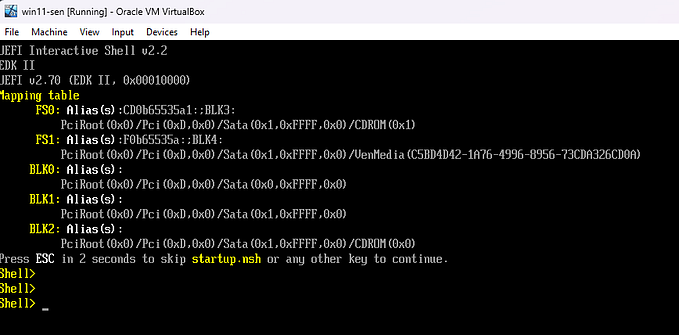Member-only story
Creating Terminal Progress Bar Using Python Without External Library

In various programming scenarios, especially when dealing with time-consuming tasks, having a visual representation of progress can be immensely helpful. In this article, let’s explore how to create a terminal progress bar using Python.
If you are not yet in Medium Partner Program, you could read the story here.
The provided Python script showcases the creation of a progress bar and serves as a foundation for enhancing user experience during task execution.
Here is the full source code for doing that job.
import sys
import time
def progress_bar(iteration, total, prefix='', suffix='', length=30, fill='█'):
percent = ("{0:.1f}").format(100 * (iteration / float(total)))
filled_length = int(length * iteration // total)
bar = fill * filled_length + '-' * (length - filled_length)
sys.stdout.write(f'\r{prefix} |{bar}| {percent}% {suffix}')
sys.stdout.flush()
# Example usage
total_iterations = 100
for i in range(total_iterations + 1):
time.sleep(0.1) # Simulate some work
progress_bar(i, total_iterations, prefix='Progress:', suffix='Complete', length=50)
print("\nTask completed!")Understanding the Script
This script creates a visual progress bar in the terminal, helping you track the completion of a task. It’s like a digital representation of progress during a process.
The progress_bar function
This function is like a set of instructions for drawing the progress bar. It takes parameters such as the current iteration, total iterations, and optional text to display before and after the progress bar.
def progress_bar(iteration, total, prefix=’’, suffix=’’, length=30, fill=’█’):The script sets up an example task with 100 iterations.
total_iterations = 100The script then enters a loop where it simulates some work in each iteration (represented by time.sleep(0.1)) and updates the progress bar using the progress_bar function.
for i in range(total_iterations + 1):
time.sleep(0.1)
progress_bar(i, total_iterations, prefix=’Progress:’…








